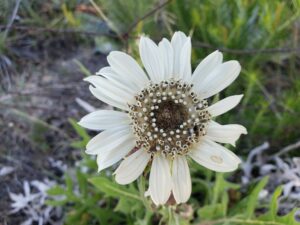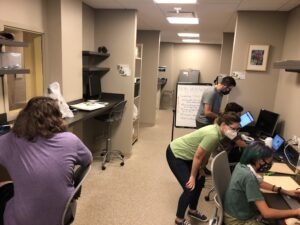One of the first steps in curating the NLU collection is ensuring its security. Herbarium specimens are vulnerable to damage from light, bugs, rodents, dust, and water. The metal cabinets used to store herbarium specimens are designed to protect from these damaging elements conveniently and easily – but only if they are in good shape and sealed airtight.
Each cabinet of the 328 total we received from the university was inspected to confirm that it was performing its job. Of the 336, there were 156 cabinets with seals that appeared damaged or deteriorated. We decided to make a plan to fix this problem before moving forward with the curation process.
Adhesive turned out to be a lot trickier to remove than anticipated! Trying to just peel it off with fingers was frustrating and, frankly, would have taken a lifetime. A simple Google search revealed dozens of ways to remove sticky substances from various surfaces. Through trial and error we tested alcohol, Goo Gone, and a homemade Goo Gone with orange citrus oil.
The above methods all worked to some degree but were lacking in their thoroughness. We finally stumbled on the idea of using a heat gun and a paint scraper. This method seemed extreme at first, but we realized it was the only one that was completely melting off ALL the adhesive and leaving us with a clean surface for a new seal to be properly placed. The heat gun we used is a PowRyte Basic Dual-Temperature 1500-watt Heat Gun Kit (Model: 1034160). It has two settings (high and low); we used low, which the documentation claims produces a heated air stream around 570 degrees F. Despite these seemingly extreme temps, we found that we were able to touch with bare hands the seals mere seconds after removing the heat gun, and we were confident of minimal heat impact on both the specimens and personnel as long as the heat was never focused directly at these targets.
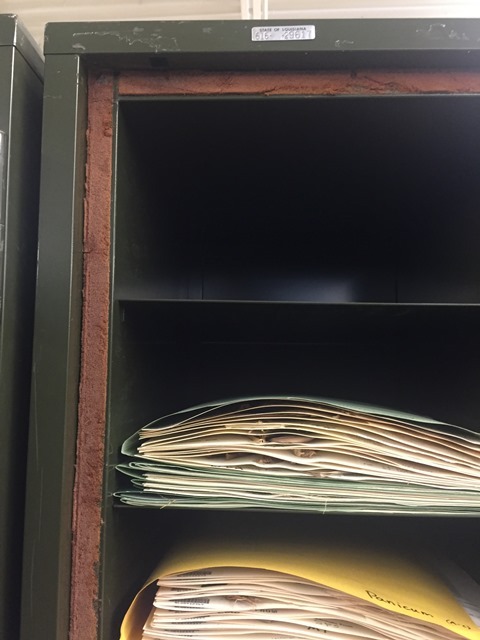
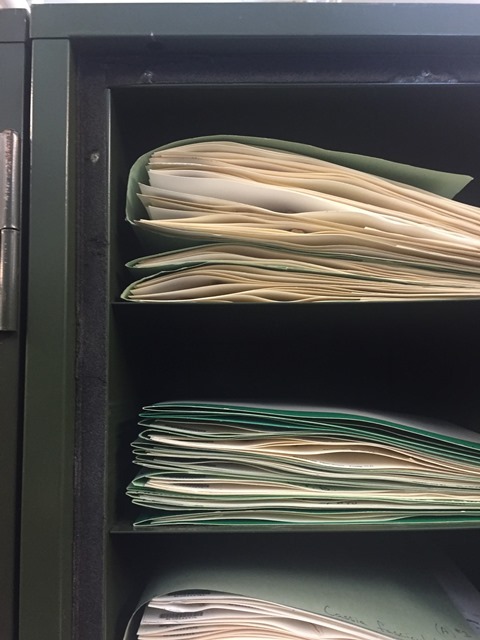
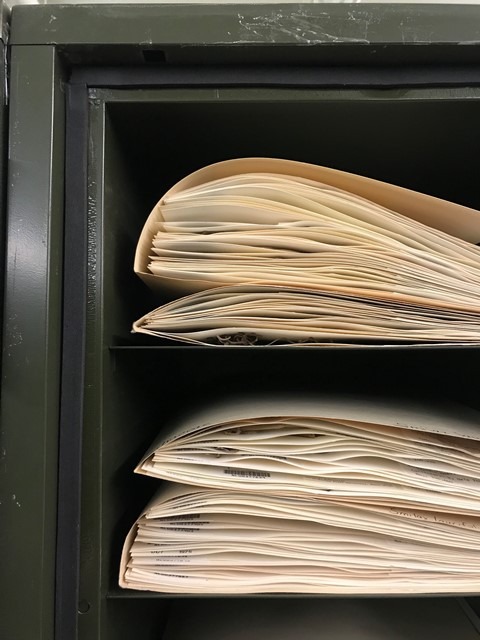
In the video below, Joe demonstrates the arduous but efficient process of removing the old seals with a heat gun and paint scraper. (Videos are subtitled for accessibility)
We then cleaned the surface with Goo Gone, followed by alcohol, as demonstrated in the following videos:
Then end result is 156 cabinets with brand new seals, ready to keep safe their precious contents for decades to come! On to the next phase! …
-The NLU Team



